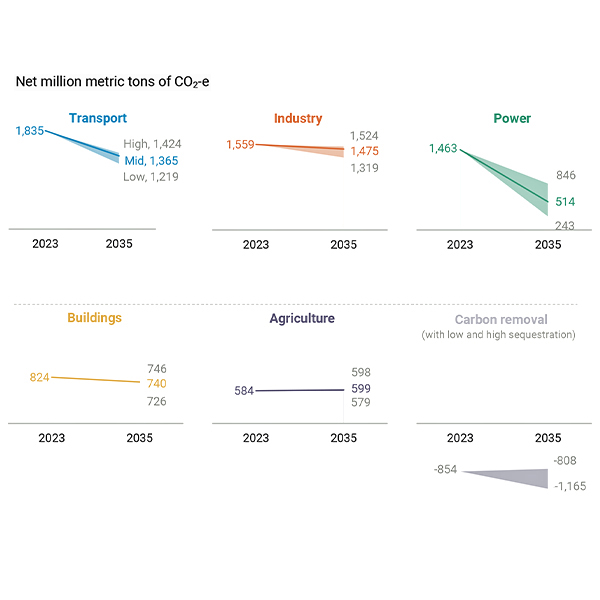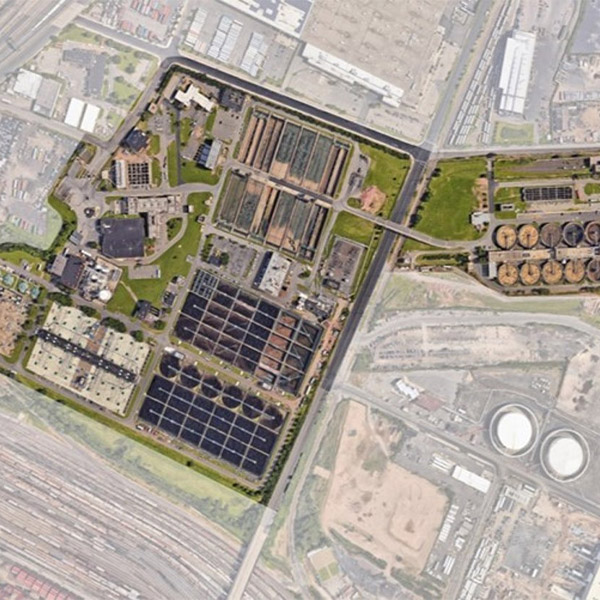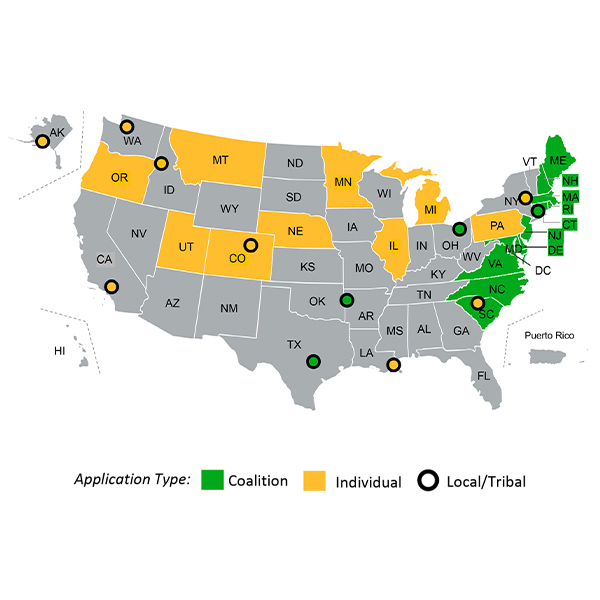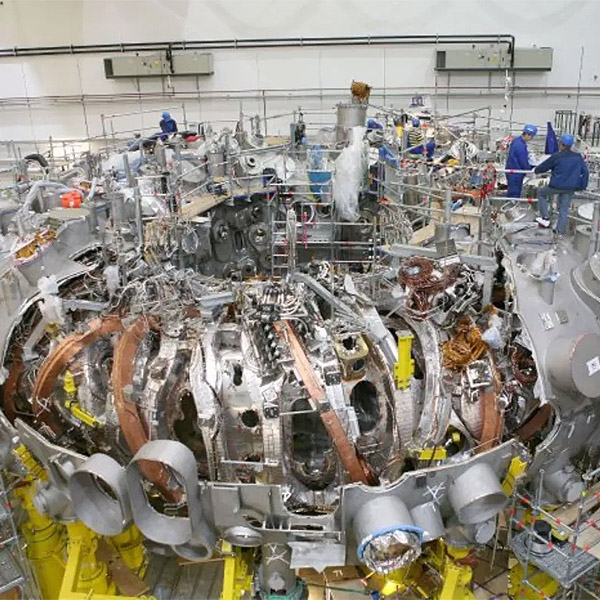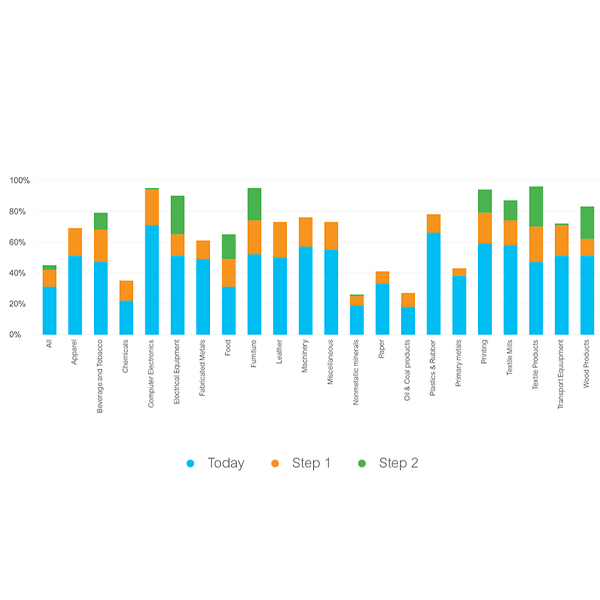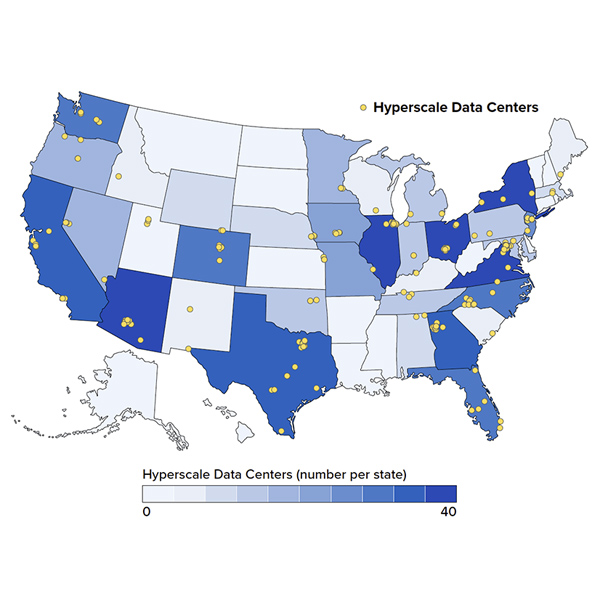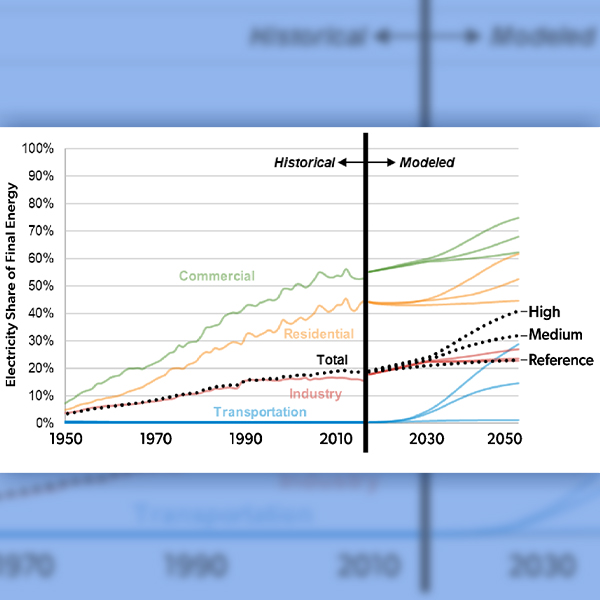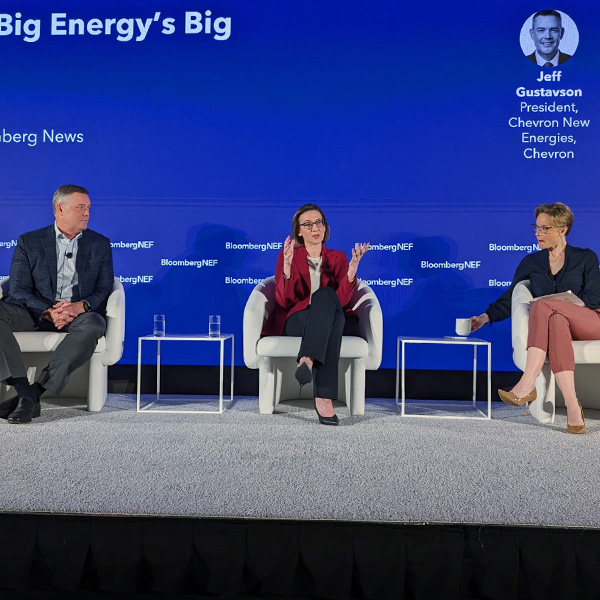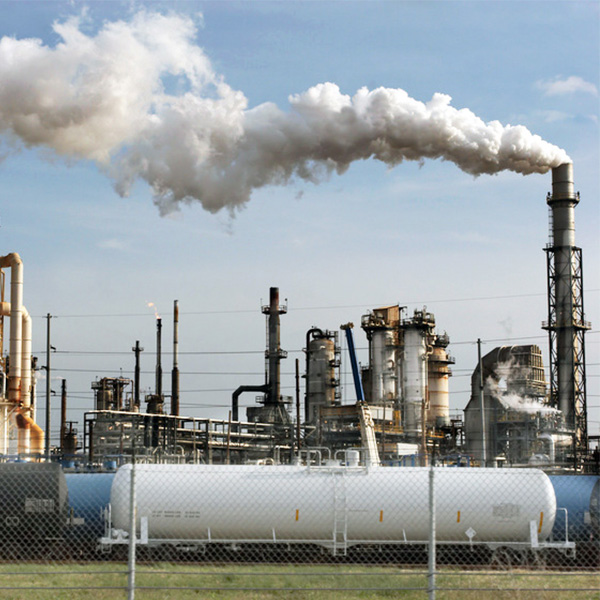Industrial Decarbonization
The Rhodium Group’s annual update of its "Taking Stock" report finds that U.S. GHG emissions were 18% lower in 2023 than in 2005 and estimates they will be 32 to 43% lower in 2030.
The debate over the plant underscores the difficulties of New Jersey’s efforts to aggressively cut emissions while ensuring the state has access to enough electricity.
Pennsylvania will use its $396.1 million Climate Pollution Reduction Grant on a statewide initiative to cut greenhouse gas emissions from industrial buildings through incentives for energy efficiency and emission-reduction technologies.
About 45 companies worldwide are in the race to develop commercially viable nuclear fusion technology and almost half of them expect to deliver power to the grid somewhere between 2031 and 2035.
A new report from Schneider Electric says the U.S. could ramp up the electrification of heavy industry by 50% by focusing on easy-to-abate, individual processes.
Artificial intelligence may be driving new energy demand from hyperscale data centers, but it could also help find new solutions to meet that demand.
The burgeoning power demand from data centers and artificial intelligence can be met by other means than new natural gas-fired power plants, according to a new report from the Electric Power Research Institute.
A series of presentations and panels at the BloombergNEF Summit provided a measure of the industry’s success in crafting a narrative based on a “balanced” and well-paced transition that includes cutting egregious emissions and scaling carbon capture and storage technologies.
Bolstered by a nearly $5 million war chest, supporters of Washington’s cap-and-invest system have begun efforts to defeat a campaign that seeks to scrap the carbon allowance program through a referendum this fall.
Want more? Advanced Search
